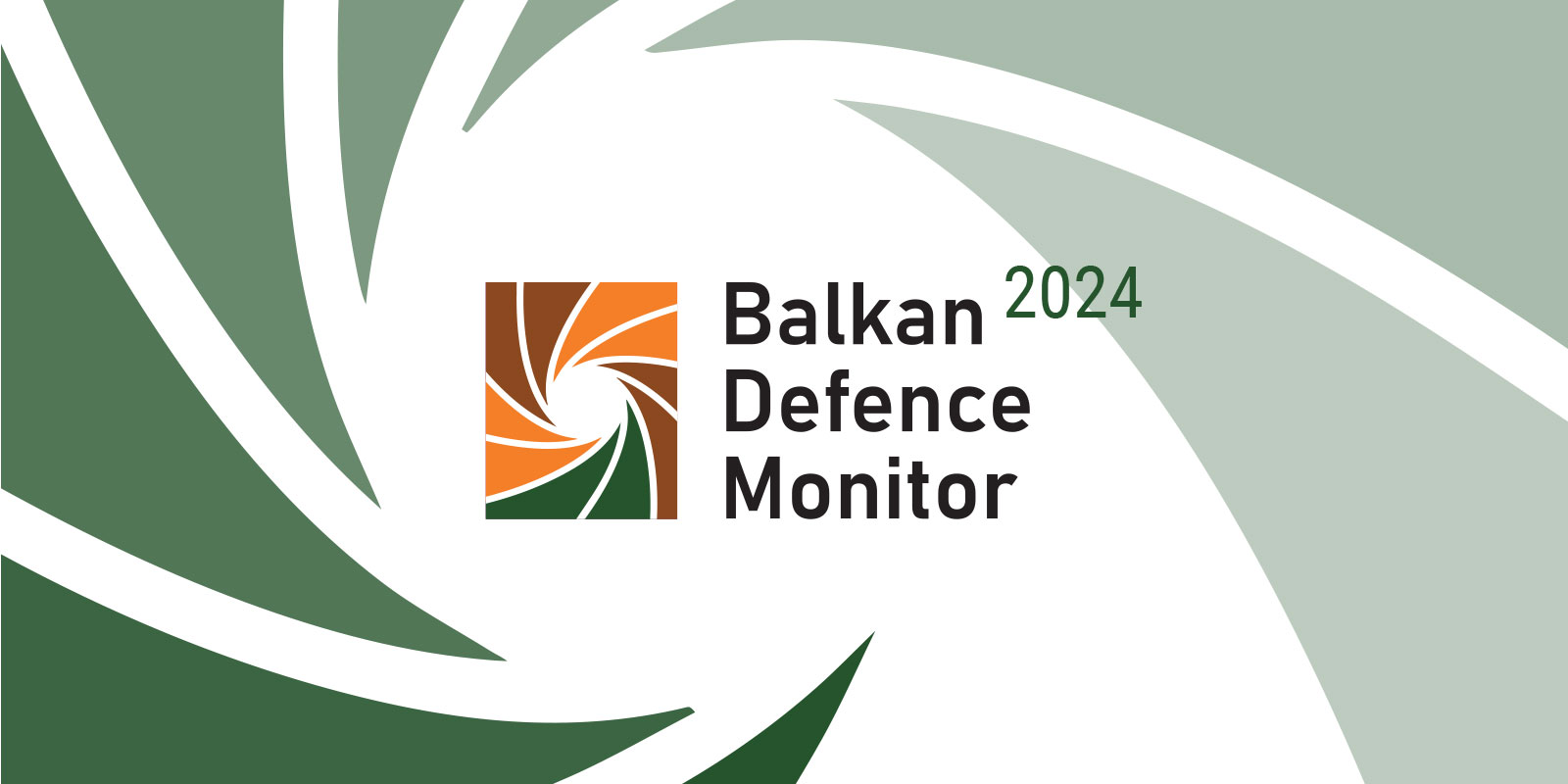PUBLICATION: Working study
Murder of the Law – No Justice for Mountain Rivers
How the issue of building mini hydro power plants (MHPPs) on the Rakita River has become one of the largest environmental initiatives in recent years in Serbia? Read in the case study written by activists of the initiative " Let’s Defend the Rivers of Stara Planina [Old Mountain]".
On 15 August 2020, activists from all parts of Serbia have gathered in the vicinity of the village of Rakita and removed part of the pipeline of the mini hydro power plant “Zvonce” (“Little Bell”) on the Rakita River. This was one of the largest initiatives of environmental activists (as well as other citizens interested in environmental protection) in the last few years in Serbia. The action was, in fact, a reflection of an increasing number of initiatives and movements that deal with endangered environment, and an increasing number of examples where investors endanger the environmental safety, both of citizens and beyond. In order to fully understand how and why the construction of MHPPs on the Rakita River became a national-level topic, the Belgrade Centre for Security Policy – in cooperation with the movement “Let’s Defend the Rivers of Stara Planina [Old Mountain]” – developed a case study to better understand the context, activities and problems that led to the “Rakita issue” becoming a topic that attracted the attention of a large number of citizens of the Republic of Serbia.
The case study presents a chronology of events on the Rakita River – from the (non)existence of the necessary permits, lawsuits, reactions of local citizens, local government and citizens of the rest of the Serbia, to the situation on the Rakita River today.
This case study was developed as part of a joint effort by the Centre for Research, Transparency and Accountability (CRTA), the National Coalition for Decentralisation (NKD), the Belgrade Centre for Security Policy (BCSP) and Partners for Democratic Change, to encourage greater citizen participation in the decision-making process through the project “Citizens Have Power”, supported by the United States Agency for International Development (USAID). The views expressed in this case study are solely those of the authors and do not reflect the views of USAID.
DETAILS
AUTHORS
SHARE
PDF PREVIEW
RELATED

Date: 26.03.2025.
Author: Isidora Stakić |
Human rights defenders are people who act, individually or jointly, to advance human rights and fundamental freedoms and fight for their protection at the local, national and international levels.

Date: 13.06.2024.
Author: Jelena Pejić Nikić | Predrag Petrović |
There are many findings of domestic and foreign research organisations that unequivocally indicate that Serbia is a captured state, with a hybrid political regime. Security institutions play a major role in the capture of the state and the collapse of democracy in Serbia, as well as in preserving the situation the way it is.

Date: 27.02.2024.
Author: Belgrade Centre for Security Policy |
We present you the new Balkan Defence Monitor - independent and comprehensive source of information regarding defence topics in the region.



